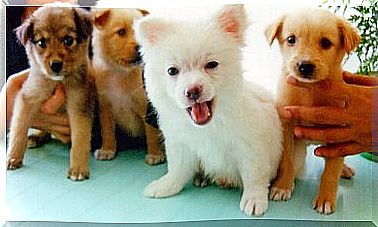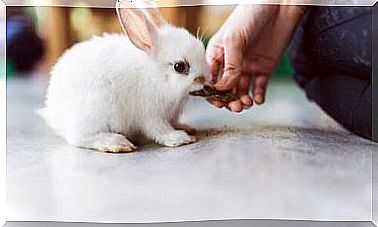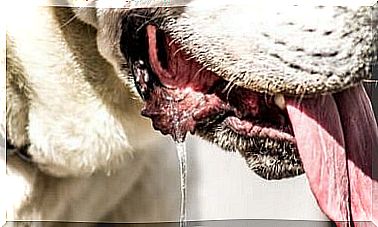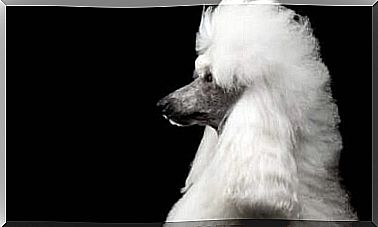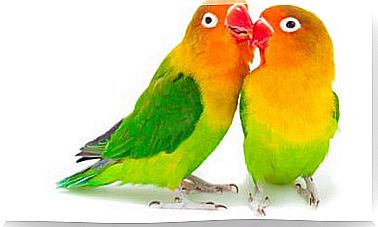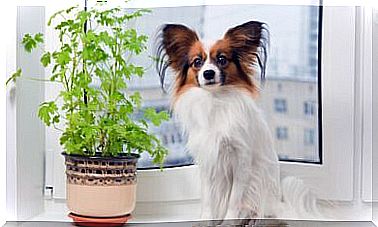The Wonderful Maternal Instinct Of The Kangaroo
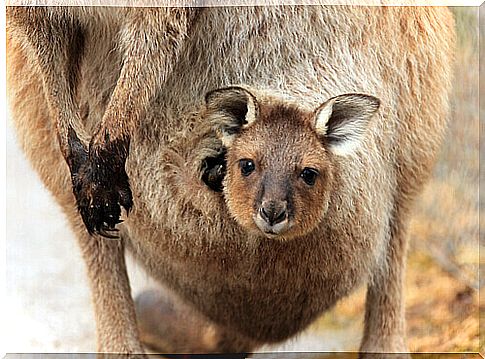
The maternal instinct is something that is generally considered a gift from life, and there are animals that take it very seriously. Who hasn’t sighed at the sight of a baby kangaroo in their mother’s purse? Well, today we want to talk about the kangaroo’s maternal instinct, something that sets it apart from the rest of the animals.
Why is the kangaroo’s maternal instinct special?
We are already very familiar with the reproduction of several mammals existing on Earth.
The most common is that, when babies are born, the mothers breastfeed them and after a few days they nuzzle them to walk alone.
This is the cycle of life, and while it may surprise us, because a human baby is so much more dependent on the mother, it is not always so in the animal world.
However, there is one animal that differs in all of this: the kangaroo.
The baby kangaroo can spend about 250 days (over eight months!) in the mother’s purse, and the mother kangaroo, far from complaining, loves the baby and helps it to develop day after day.
Of course this happens for a reason. The fetal development of kangaroos is very different from that of other animals.
How the Kangaroo Fetus Develops
Unlike other mammals, the baby kangaroo does not fully develop in the womb. He abandons it at 33 days and continues to grow on his mother’s baby carrier or purse.
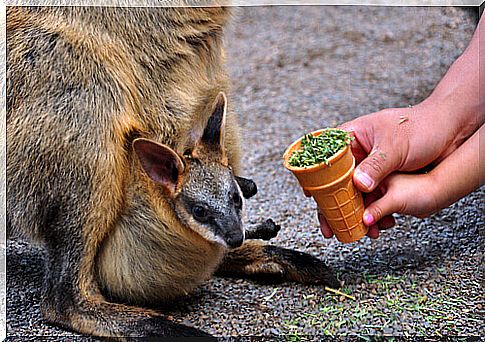
The pouch or baby carrier is a fold of skin that covers the breasts of the kangaroo mother.
After 33 days, the baby comes out of the vagina and is positioned in the bag.
When the baby kangaroo is born, it measures no more than two centimeters. And it weighs about 800 milligrams.
Once in the bag, it tries to reach one of the breasts to feed. The baby kangaroo stays in the bag for five to eight months, depending on the species. It is the little one who decides to make the decision whether or not to go out into the outside world.
Even if he decides to go abroad, that doesn’t mean he’ll walk the world alone. You can return to the mother’s bag whenever you want, until the end of weaning, which usually happens six months later.
Interesting Facts About Breeding Kangaroos
An interesting fact is that, when the baby is born, the mother is already fully prepared to be fertilized again.
In fact, a new baby can be born 24 hours after the first one has completely left the pouch.
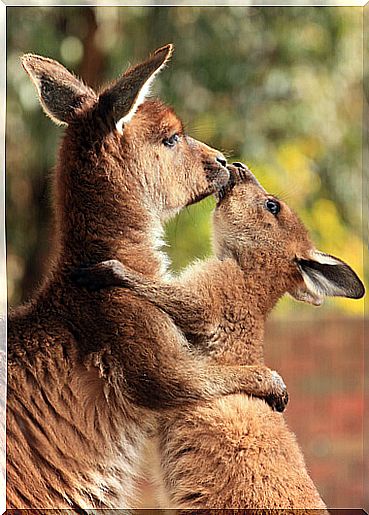
It is common to see baby kangaroos sharing their mother’s breasts, but it is not normal for two babies to be in the bag at the same time. The birth of twins is rare, but it can also happen.
Interestingly, a mother’s breasts have the ability to secrete two different types of milk.
The infant needs of a newborn will not be the same as those of a baby kangaroo that has already left the bag.
Therefore, each breast will have a different composition according to the baby being breastfed.
Who can challenge nature’s wisdom?
It is known that kangaroos can have three offspring at the same time: one out of the bag, one nursing and the other as an embryo, still being gestated.
What is clear is that the kangaroo’s maternal instinct is, to say the least, impressive.
The mother is willing to carry her puppies after giving birth and, in addition, to take care of them for an average of 12 months, as she protects, nurse and teaches them.
